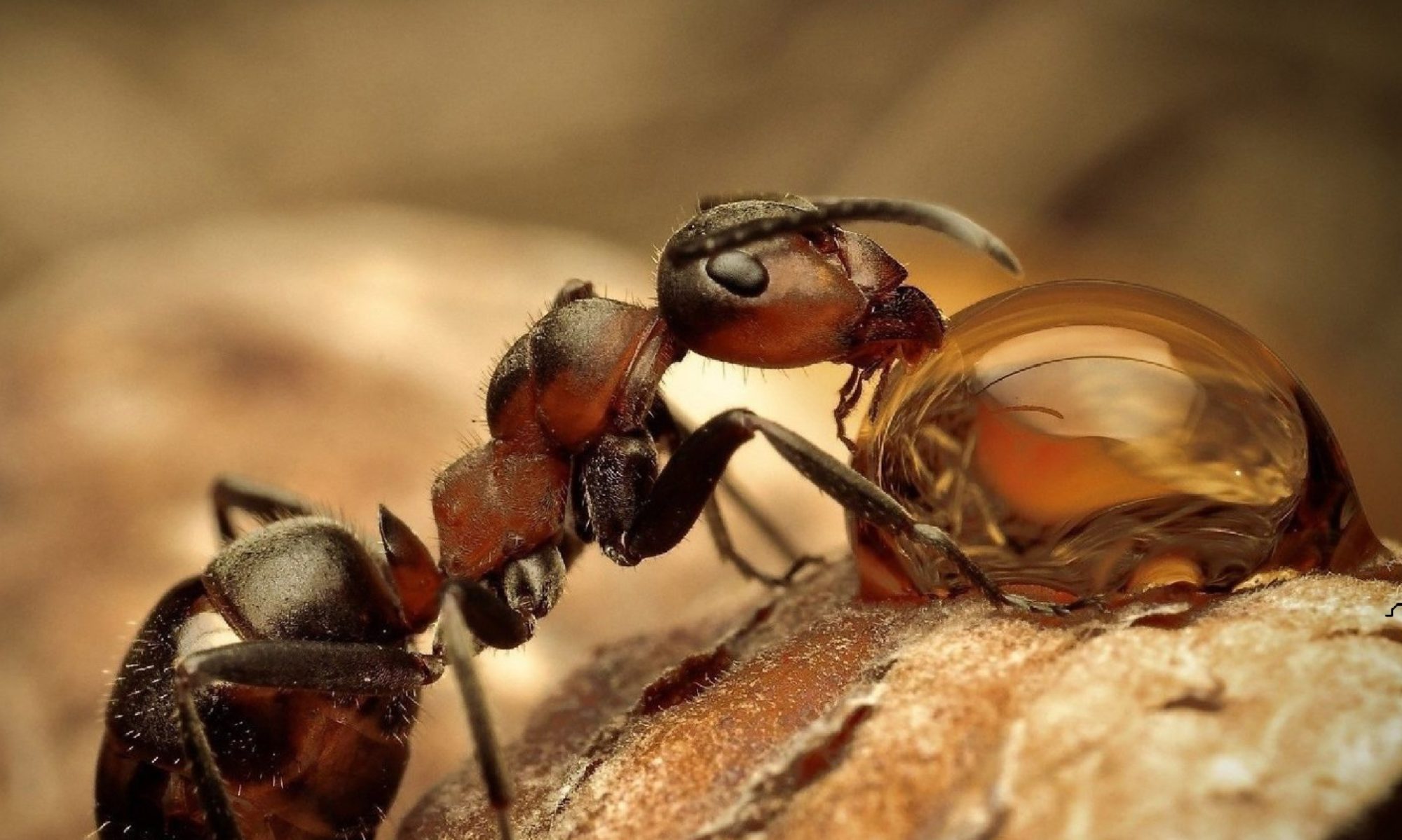The Megaponera analis is one of the most aggressive ant species, along with the army ant. It’s common name — the Matabele ant — comes from a fierce tribe in South Africa known as the Matabele that conquered most of the other tribes in the area. The Matabele ant’s name is not simply a baseless rumor. In fact, their sole choice of food is the flesh of nearby termite colonies.
But this isn’t the Matabele ant’s only defining feature. While other species of ants will abandon their wounded, the Matabele ants try to not leave any of their wounded on the battlefield. Instead, they carry their wounded allies home and care for their wounds by “licking” them. It is unknown whether or not it is the “licking” process that helps them recover but, with this method, far fewer ants tend to die from their wounds. Experts say that this may be due to the presence of enzymes in the ant’s saliva or even simply keeping the wound clean.
